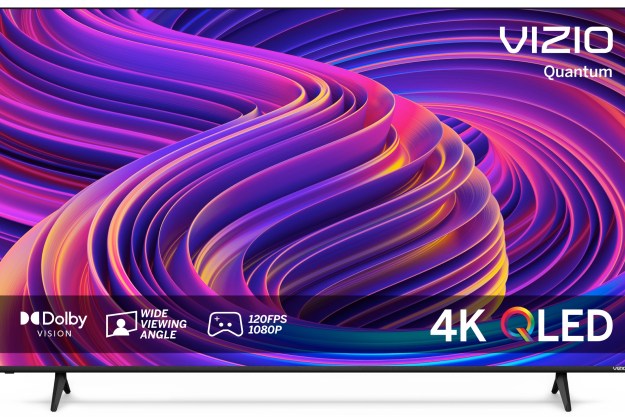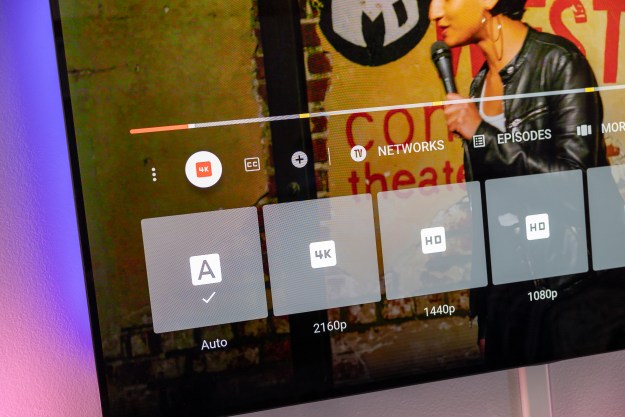Audio gear is probably the first thing that pops into most people’s heads when the name Bang & Olufsen comes into mind, but that isn’t all the company does. The company has been manufacturing televisions for years, and at IFA, the company has lifted the veil from its newest, the BeoVision Horizon.
This isn’t the company’s first 4K UHD TV, but the goal here doesn’t seem to be offering the greatest possible tech — if it was, the Horizon would feature support for HDR (High Dynamic Range). Instead, the main goal of this particular television is to offer flexibility. Instead of dominating the room the way many TVs do, the BeoVision Horizon aims to fit in.
On the website for the Horizon, Bang & Olufsen says the TV is “stripped of anything superfluous” and brings viewers “only the essentials.” That doesn’t mean the TV is feature-bare, but it does offer a minimalist design. It also features an optional rolling stand, letting you move it out of the way or right in front of you at will.
One area where Bang & Olufsen hasn’t opted for a minimalist approach is the TV’s interface. The BeoVision Horizon is powered by Android, with all the features that the platform brings. The company’s take on the Android TV design fits in with the sleek and simple design aesthetic of the Horizon’s exterior, meaning the TV looks as classy in use as it does when it’s turned off.

The company has taken the simple but effective tactic to the remote as well. The Horizon’s remote uses Bluetooth in addition to IR, meaning there is no need to point it at the TV in order for it to work. The stark design makes its mark here as well, with the remote crafted out of a single piece of aluminum.
The BeoVision Horizon comes in two different sizes, and in keeping with its less-is-more approach, neither size is particularly huge. The larger model is 48 inches, with the smaller model measuring 40 inches. Each model is equipped with a total of four HDMI 2.0 inputs, all of which support HDCP 2.2, allowing 4K sources like UHD Blu-ray players to be connected. Both the HEVC and VP9 codecs are included, allowing for
The 48-inch model retails for $5,500, with the 40-incher selling for $4,000. For more information on when and where you can get one for yourself, see the Bang & Olufsen website.
Editors' Recommendations
- What we want to see from the next Apple TV 4K
- Samsung’s new 98-inch DU9000 4K TV is just $4,000. Can it beat TCL and Hisense?
- Hands-on with the Belkin iPhone Mount with MagSafe for Apple TV 4K
- If you don’t see CBS in 4K on YouTube TV, try this
- TCL’s giant 115-inch QM89 is the world’s largest 4K mini-LED TV


